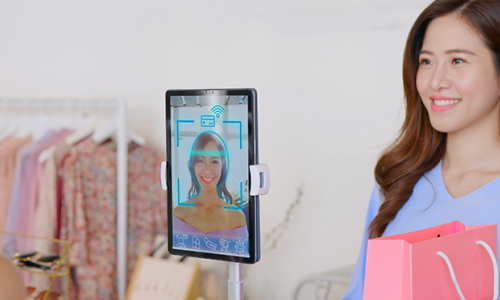Over the years I have followed the development of Artificial Intelligence (AI) with some interest. Back when I was actually developing software myself it was quite a scientific interest - what will be possible and when?
Now it sometimes feels more like my own personal version of the Gartner Hype Cycle - what futuristic or fantastical claims have been made about AI now?
There are a few things that I always say to executives when they ask me how AI can transform their business. First, this has been around a long time, second, it may not quite be what you think it is and third, perhaps most importantly is to think about how this affects your customer.
The development history of AI is worth considering. The most famous test of whether a computer can be considered to be “intelligent” is the Turing test. This was devised by Alan Turing back in 1950. Turing is famous for the wartime Bletchley Park codebreaking organisation that cracked Nazi codes using mechanical computers.
Put simply, if a person can have a conversation (talking or typing messages) with a computer and not know whether it is the computer or another person answering then that system is said to have passed the Turing test.
Now, our current systems are light years away from what Turing had available. The processing power of a modern smartphone is millions of times greater than anything he could imagine. Even in the 1980s we saw home computers shipped with 1K of memory as standard. I miss my Sinclair ZX Spectrum, today you might upload a single photo to your Instagram and use over 5,000 times more storage. For one single photo.
Many of the advancements in modern AI are really focused on the sheer compute power and speed of our modern systems. Many of the fundamental theories are the same but look around at your most recent encounter with a chatbot, or Siri, or Alexa - it was helpful, but there is still no mistaking that it’s still a computer.
Then there is the confusion about machine intelligence - will the robots take over? This is where it is useful to draw a distinction between Artificial General Intelligence (AGI) and AI as we know it. AGI really is akin to the science fiction version of AI. It’s the ability of a system to figure out what is required - to think and reason without instructions. Some experts, such as Bill Gates and the late Stephen Hawking, have warned that if we ever design a fully functional AGI then it will be the end of humans!
AI as we use it today has rules, it needs to be trained, although this problem is being solved aggressively by leading organisations such as Deep Mind. Current AI’s typically focus on specific problems. For example, can be trained to play chess better than any grand master, but ask that chess playing AI solution to compare the Philosopher Kings of Plato with the Übermensch of Nietzsche and you will only receive the digital equivalent of a blank stare.
The 2008 Disney movie WALL-E charmingly blends these different types of AI in an interesting way because the robot starts out as an AI-powered trash compacting device - it has a fixed task - but over a period of centuries the robot develops sentience and reason. It’s only a cartoon, but an interesting play on how AI could possibly develop into AGI through machine learning and adaptation.
So, modern executives need to understand that the sentient robots are going to take some time to arrive.
In the real world, modern contemporary chatbots can be extremely useful when interacting with customers, but the trick is to apply them to the right processes - such as onboarding or arranging an appointment with a human or checking on status. If a chatbot appears with a prompt saying ‘ask me anything’ then you can almost guarantee that the customer will not have a great experience.
One of the most useful, but often invisible, uses of AI inside the customer service area is the tools that are assisting agents inside a contact centre. The AI can ‘listen’ to a customer conversation and advise the agent on the next best action. Usually this means that when an agent would previously say ‘please wait while I search for the required information’ now they can answer the customer immediately because the AI has already completed the search and presented the agent with the information they need. Other AI based technology can now analyse in real-time the stress levels and vocabulary selections of the person interacting. This is hugely powerful when we consider if the person is in a vulnerable category, or state, and can adapt how we handle the interaction on a case-by-case basis. I can give you dozens of examples like this. Genuine engagement with customers where AI is making an enormous difference, but the technology is invisible.
One of the most dynamic business segments is Retail. Retailers must adapt to trends on an increasingly frequent basis. No longer seasonal, their business is driven by overnight trends or the latest Tik Tok or Instagram sensation. I was pleased to see this recognized by John Lewis who recently announced plans to significantly increase their advanced technology capabilities with the investment of 150 new roles. I can’t wait to see where John Lewis uses this new capacity to replicate what is one of, if not the best in-person customer experiences into an AI powered digital space.
Get in touch via my LinkedIn and I’d be happy to share more ideas on this theme.






